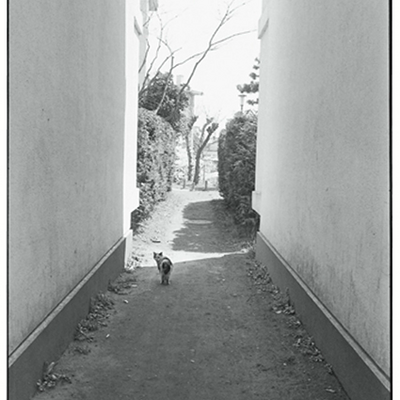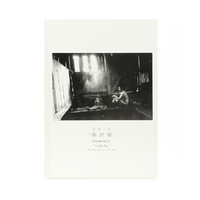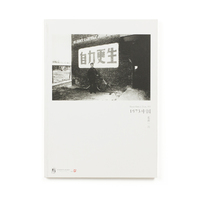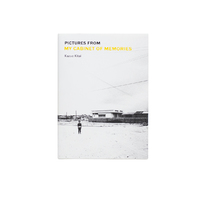Kazuo Kitai "Tsugaru | Shimokita」Vintage prints exhibition"
From October 1 to October 26, 2016, Zen Foto Gallery is pleased to present KAZUO KITAI "Tsugaru | Shimokita", featuring 30 vintage gelatin silver print photographs (1970~1973) by Kazuo Kitai. The photobook Tsugaru | Shimokita published by Nazraeli Press is available for purchase in the gallery.
Kazuo Kitai dropped out six months into his first year of art school, revealing a rebellious streak that led him to become involved in the protest movements of 1960s Japan. His first photography book “Resistance” was self-published in 1965. For the rest of the 1960s he continued to follow radical student protests, producing “Barricade”, “Agitators” and finally “Sanrizuka” in 1971.
As the 1960s came to a close, Kitai became disillusioned with political themes and turned to the everyday life of ordinary people. Kitai's first journey was to one of the most remote parts of Japan, the Shimokita Peninsula, and photographed during this journey to Shimokita in 1970. In 1972 and 1973 Kitai travelled again to this most northerly part of Honshu, to the neighboring area of Tsugaru.
These regions of Shimokita and Tsugaru had been very isolated and barren, with bitterly cold winters. Local language, legends and ancient beliefs had survived into the modern era. The region was known for shamanism and communion with the dead spirits gathering around the holy mountain of Osorezan.
Kitai was to continue to explore rural areas of Japan during the rest of the 1970s, for which in 1976 he received the award of the inaugural Ihei Kimura Prize, Japan's most prestigious award for photography.
-
 Kazuo Kitai, Shitamae in Tsugaru, silver gelatin vintage print, 1972 © Kazuo Kitai
Kazuo Kitai, Shitamae in Tsugaru, silver gelatin vintage print, 1972 © Kazuo Kitai





